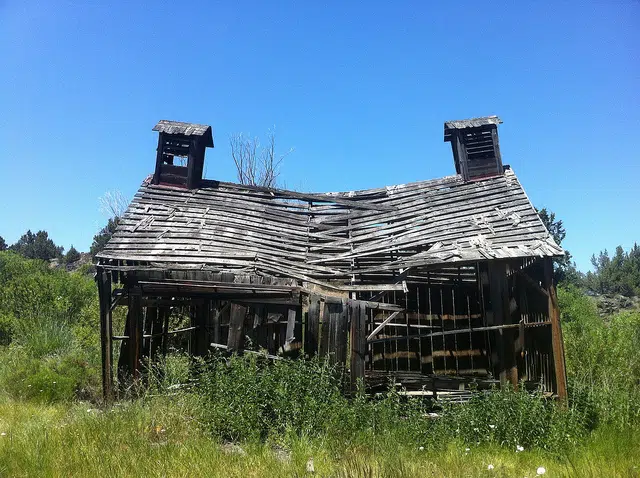
2 of the Best Ways to Finance that Fixer-Upper

I am a huge fan of FHA’s 203(k) program. I’m also constantly surprised how few real estate agents are aware of this loan program that allows the buyer of a fixer to finance both the cost of the home and the cost of the renovations with one loan.
The 203(k) program isn’t the only way to finance a beater, however. Fannie Mae’s HomeStyle loan is structured pretty much the same with some subtle but important differences. Let’s take a look at some of these.
This is important to determine because the two entities differ in their requirements. FHA doesn’t set a minimum FICO score requirement but lenders do and you can generally expect them to want to see a 640 or better. Some borrowers with lower scores may qualify but they’ll pay a higher down payment.
HomeStyle loan credit score requirements, on the other hand, are tied to the borrower’s debt-to-income ratio (DTI) and loan-to-value (LTV) ratios and range from 640 to 700. Your DTI, by the way, must not exceed 45 percent.
Down Payment Requirements
The FHA 203(k) program approves some buyers with as little as 3.5 percent down. Others, typically those with credit scores lower than 580 will be required to pay 10 percent down. The HomeStyle loan requires a down payment of at least 5 percent of the purchase price.
The HomeStyle loan typically has lower closing costs than the 203(k) loan.
Live in it or Rent it out?
FHA 203(k) loans are only available to those that intend to occupy the home as their primary residences. Investors are welcome in Fannie Mae’s HomeStyle program.
Make it Nice or Make it Awesome?
What do you envision for the ratty home you’re about to purchase? If you just want to make normal fixes to it, the FHA loan will be your ticket. If you want to make it awesome, such as add a swimming pool or a wine cellar, you’ll need to go with Fannie Mae.
How much can you spend?
Ah, good old loan limits. For 2015, the maximum loan you can take out for an FHA home in Anoka County is $322,000. Understand that the loan amount will be based on the estimated value of the home after the rehab.
Fannie Mae’s limit is $471,000, so, all other things being equal, the value of the rehabbed home may just be the deciding factor in which loan you use.
Search Homes For Sale in Anoka
Image: Francis Storr/Flickr. CC by-SA 2.0



